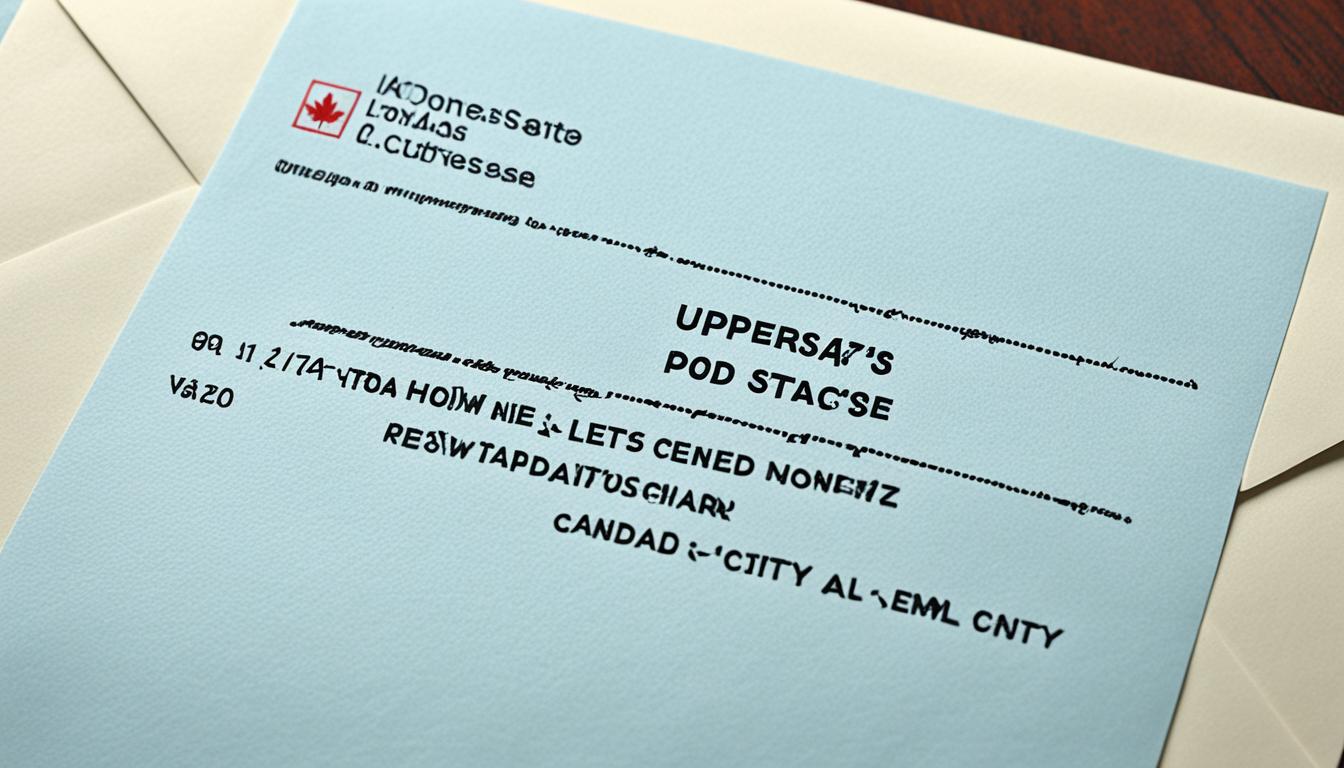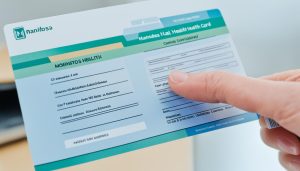Did you know that incorrect addressing can lead to delays and surcharges for your mail in Canada?
When it comes to addressing an envelope, following the proper guidelines is crucial to ensure that your mail reaches its destination smoothly. From understanding the correct address format to knowing the placement guidelines for different types of envelopes, there are several key factors to consider.
In this article, we’ll provide you with tips and tricks for addressing envelopes in Canada, so you can avoid unnecessary delays and ensure that your mail is processed efficiently by postal services.
Let’s dive into the details and discover how to properly address an envelope in Canada!
How to Address an Envelope Canada?
Properly addressing an envelope in Canada is essential to ensure efficient and accurate mail delivery. By following the address placement guidelines provided by Canada Post, placing the recipient’s address at the center of the envelope with adequate space, you can avoid delays and extra processing charges. When writing the address, use uppercase letters for the street address, separate postal codes with a space, and include the municipality, province or territory, and postal code on the same line. Additionally, utilizing approved abbreviations and symbols recommended by Canada Post helps streamline the address and enhance machine readability. By adhering to these guidelines and ensuring clarity and accuracy in the address format, you can optimize the postal services’ efficiency and increase the likelihood of your mail reaching the intended recipient promptly in Canada.
1. Address Placement Guidelines
Proper address placement is crucial to ensure that your mail can be scanned by processing equipment. When addressing standard, large, and image-printed envelopes, it’s important to follow the envelope addressing guidelines provided by Canada Post. By placing the address in the designated area, you can avoid delays or extra processing charges.
According to the address placement guidelines:
- The recipient’s address should be positioned in the center of the envelope, with a clear space around it.
- Avoid placing the address too low or too close to the edges of the envelope, as it may hinder scanning and processing.
- Ensure that the address is legible and not obstructed by any additional markings or decorations.
- Use a clear font and a dark color to enhance visibility.
Following these address placement guidelines will help ensure that your mail is processed smoothly and reaches its intended recipient without any issues.
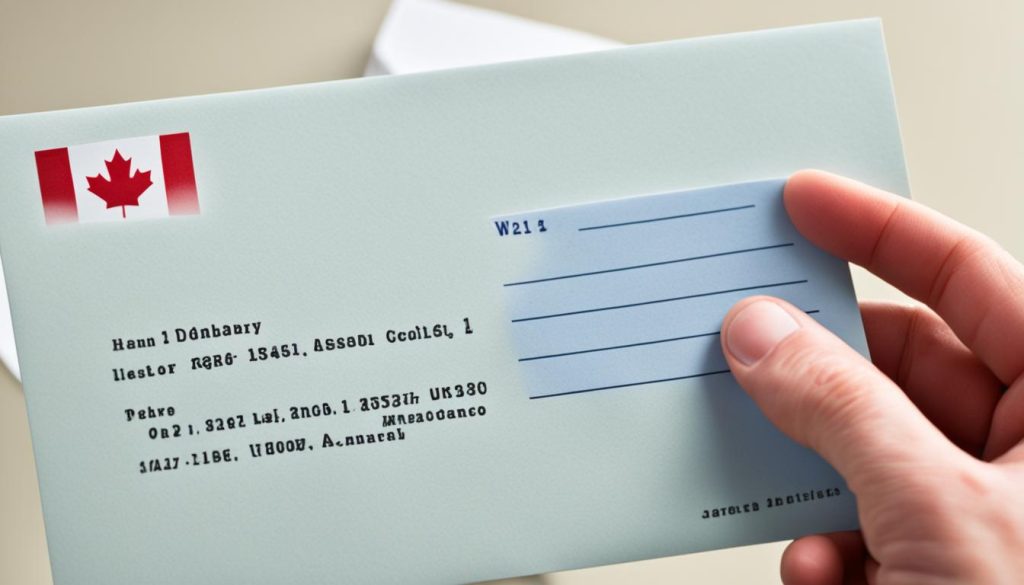
| Envelope Type | Address Placement |
|---|---|
| Standard Envelope | Position the address in the center of the envelope, leaving clear space around it. |
| Large Envelope | Place the address in the center of the envelope, ensuring it is not too low or too close to the edges. |
| Image-Printed Envelope | Follow the address placement guidelines provided by the printing service, ensuring it is in the appropriate area. |
2. Correct Address Formats
When sending mail in Canada, it’s crucial to understand the correct address format to ensure accurate delivery. By following the proper guidelines, you can minimize the risk of delays and ensure that your mail reaches its intended recipient. Here are some key points to remember when addressing an envelope:
3. Writing the Street Address
The street address should be written in uppercase letters for clarity. Make sure to include the house or building number, followed by the street name. If there’s an apartment or unit number, include it on the same line, separated by a hyphen. For example:
| Example |
|---|
| John Smith 123 Main Street Apartment 4 Toronto, ON M1A 1A1 |
4. Separating the Postal Codes
In Canada, postal codes play a crucial role in accurate mail delivery. It’s important to separate the forward sorting area (FSA) from the local delivery unit (LDU) with a space. The FSA represents the first three characters, and the LDU represents the last three characters. For example:
| Example |
|---|
| John Smith 123 Main Street Toronto, ON M1A 1A1 |
5. Municipality, Province or Territory, and Postal Code
When writing the address, it’s important to include the municipality, province or territory, and postal code on the same line. This ensures that the mail is processed efficiently and reaches the correct destination. For example:
| Example |
|---|
| John Smith 123 Main Street Toronto, ON M1A 1A1 |
6. Formatting the Return Address
The return address should be formatted in the same way as the destination address. Make sure to include your name, street address, municipality, province or territory, and postal code. By formatting the return address correctly, you ensure that any undelivered mail can be returned to you. Here’s an example:
| Example |
|---|
| John Smith 456 Elm Street Toronto, ON M2B 2B2 |
By following these correct address formats, you can ensure that your mail is properly addressed and reaches its intended destination in Canada.
7. Canadian Civic Addresses
When addressing an envelope to a Canadian civic address, it’s important to follow the proper etiquette and guidelines to ensure that your mail reaches its intended recipient without any issues. There are specific considerations to keep in mind when addressing a family or individual at a civic address in Canada.
Properly Addressing an Envelope to a Family
When sending mail to a family at a Canadian civic address, it’s essential to address the envelope correctly to ensure that it reaches the entire household. Here’s the proper way to address an envelope to a family:
- Begin by writing the complete name of the head of the household or the family’s last name on the first line of the address. Make sure to capitalize the first letter of each name and write it in full.
- On the second line, write “and family” or “et famille” in both official languages of English and French to denote that the mail is intended for the entire family.
- Continue with the civic address on the third line, ensuring that it is clear and legible.
- Write the city or town name on the fourth line.
- Follow it with the province or territory abbreviation in capital letters on the fifth line.
- End with the postal code on the final line, making sure to include a space between the third and fourth characters.
Addressing Etiquette for Individual Civic Addresses
Addressing an envelope to an individual at a Canadian civic address also requires attention to detail and proper etiquette. Here are some guidelines for addressing mail to an individual:
- Start with the full name of the recipient on the first line, making sure to capitalize the first letter of each name.
- If the recipient has a title or additional delivery information such as “Apartment,” “Suite,” or “Floor,” it should be written above the civic address.
- The unit number should be written before the civic number and separated by a hyphen (“Unit 4 – 123 Main Street”).
- Ensure that the postal code is separated from the province symbol by two spaces for clarity.
Following these guidelines will help ensure that your mail is properly delivered to its intended recipient at a Canadian civic address. Remember to double-check the accuracy of the address before sending to avoid any delays or misdeliveries.
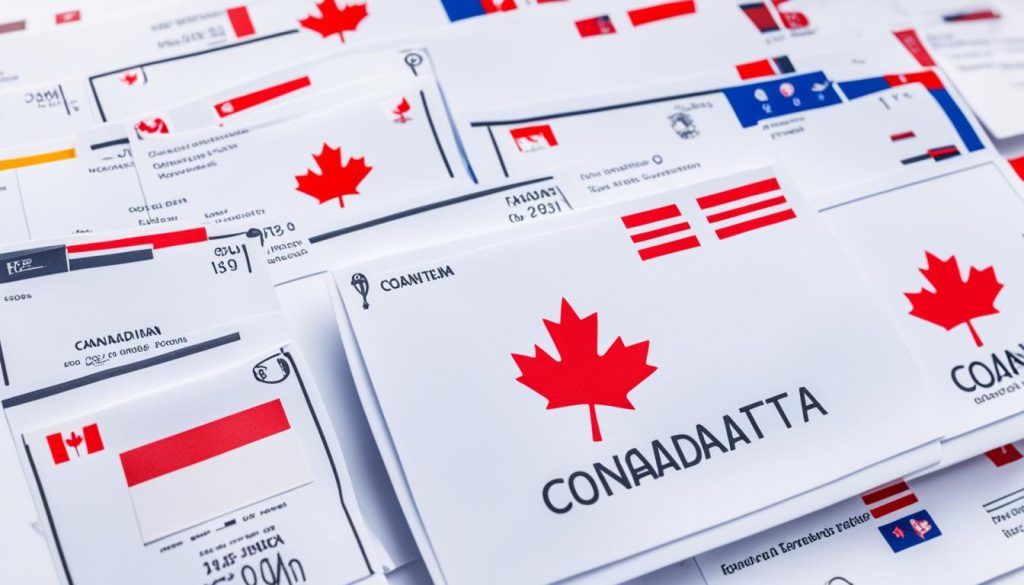
United States Addresses
If you’re sending mail to a United States address, it’s important to follow the correct guidelines to ensure timely and accurate delivery. Here are some key points to keep in mind:
1. Address Order
When addressing an envelope, it’s crucial to know the proper order in which to write the address. Start with the recipient’s name, followed by the street address, city, state, and zip code. It’s important to use the full name of the city and separate the state symbol from the city name by one space.
2. State Abbreviations
Instead of writing out the full state name, it’s recommended to use the two-character state symbol. For example, use “CA” for California and “NY” for New York. This helps streamline the address and ensures clarity in processing.
Here’s an example of the correct address format for a United States address:
| Recipient’s Name |
|---|
| Street Address |
| City, State Zip Code |
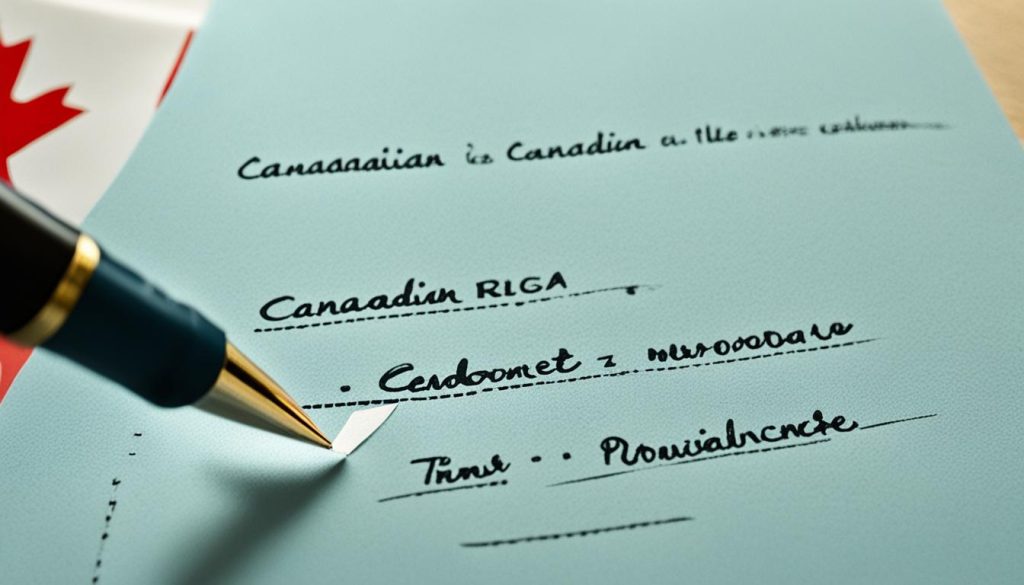
By following these guidelines, you can ensure that your mail reaches its intended destination in the United States without any delays or complications.
International Addresses
When addressing an envelope to an international destination, it’s crucial to use the correct address format. By following the postal guidelines for addressing mail in Canada, you can ensure that your international mail reaches its intended recipient without delays or errors.
1. Address Format
The format for international addresses is similar to the Canadian format, but with a few additional considerations. Make sure to spell the country name correctly and place it as the last entry below the city name and postal code/zip code. It’s recommended to spell the country name in full and in capital letters to ensure it can be read by processing equipment.
Example
Let’s say you’re sending a letter from Canada to the United Kingdom. The address format would be as follows:
| Recipient’s Name | John Smith |
|---|---|
| Street Address | 123 Main Street |
| City | London |
| Postal Code | SW1A 1AA |
| Country | UNITED KINGDOM |
Remember to always double-check the address format for the specific country you’re mailing to. Different countries may have their own variations and requirements. By following the proper mailing address format, you can ensure that your international mail arrives at its destination smoothly.
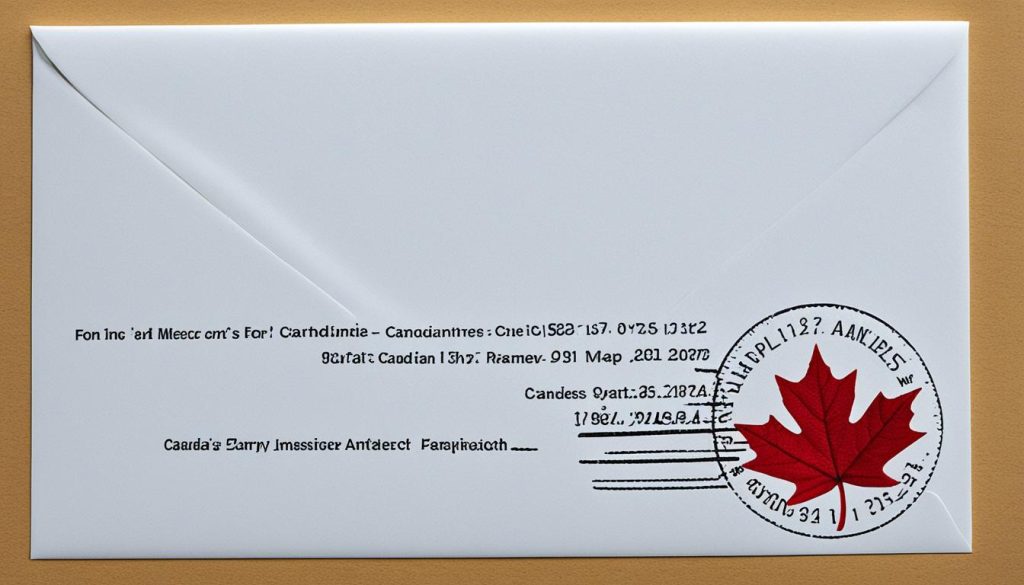
Symbols and Abbreviations
To ensure that your addresses stay within machineable guidelines, it’s recommended to use abbreviations and symbols. Canada Post provides approved short forms for common address elements. By using these abbreviations, you can help lower costs by eliminating the need for redelivery and extra handling.
Common Symbols and Abbreviations
| Abbreviation | Full Form | Description |
|---|---|---|
| St. | Street | Abbreviation for “Street”. |
| Apt. | Apartment | Abbreviation for “Apartment”. |
| Rd. | Road | Abbreviation for “Road”. |
| Blvd. | Boulevard | Abbreviation for “Boulevard”. |
| E. | East | Abbreviation for “East”. |
| N. | North | Abbreviation for “North”. |
| S. | South | Abbreviation for “South”. |
| W. | West | Abbreviation for “West”. |
By utilizing these approved abbreviations, you can simplify your address and ensure that it complies with the envelope addressing guidelines in Canada. This not only helps with mail processing but also reduces the chances of errors or misplacements during delivery.
Remember, using symbols and abbreviations can help streamline your address and improve the efficiency of the mailing process. However, it’s important to ensure that the meaning of the abbreviated element is still clear and recognizable. By following the recommended symbols and abbreviations provided by Canada Post, you can optimize the delivery of your mail within Canada.
Conclusion
Properly addressing an envelope in Canada is crucial for ensuring that your mail is delivered without delays or additional charges. By following the address placement guidelines, using correct address formats, and understanding the specific requirements for Canadian, US, and international addresses, you can optimize the efficiency of postal services. Remember to always double-check the guidelines and utilize approved abbreviations to enhance the delivery of your mail.
FAQ
1. What is the proper way to address an envelope in Canada?
The proper way to address an envelope in Canada is to write the street address in uppercase letters, separate the postal codes with a space, and place the municipality, province or territory, and postal code on the same line.
2. What is an example of address format in Canada?
An example of address format in Canada is:
John Smith
123 Main Street
Toronto, ON M1M 1M1
3. How do I properly address an envelope?
To properly address an envelope, follow the correct address format, use uppercase letters, separate the postal codes with a space, and place the municipality, province or territory, and postal code on the same line.
4. What is the address order on an envelope?
The address order on an envelope in Canada is street address, municipality, province or territory, and postal code.
5. Whose address goes first on an envelope?
The recipient’s address goes first on an envelope, followed by the return address.
6. In what order should you write your address?
When writing your address in Canada, start with the street address, followed by the municipality, province or territory, and postal code.
7. How do I properly address a letter?
To properly address a letter, follow the correct address format, use uppercase letters, separate the postal codes with a space, and place the municipality, province or territory, and postal code on the same line.
8. How do I properly address an envelope to a family?
To properly address an envelope to a family in Canada, write the family name followed by the individual names or initials on separate lines.
9. How do I address an envelope to a Canadian civic address?
To address an envelope to a Canadian civic address, place additional delivery information such as titles or floor numbers above the civic address. Write the unit number before the civic number with a hyphen in between, and separate the postal code from the province symbol by two spaces.
10. How do I address an envelope to a United States address?
To address an envelope to a United States address, use the full name of the city, separate the state symbol from the city by one space, and separate the zip code from the state symbol by two spaces. It is recommended to use the two-character state symbol instead of the full state name.

